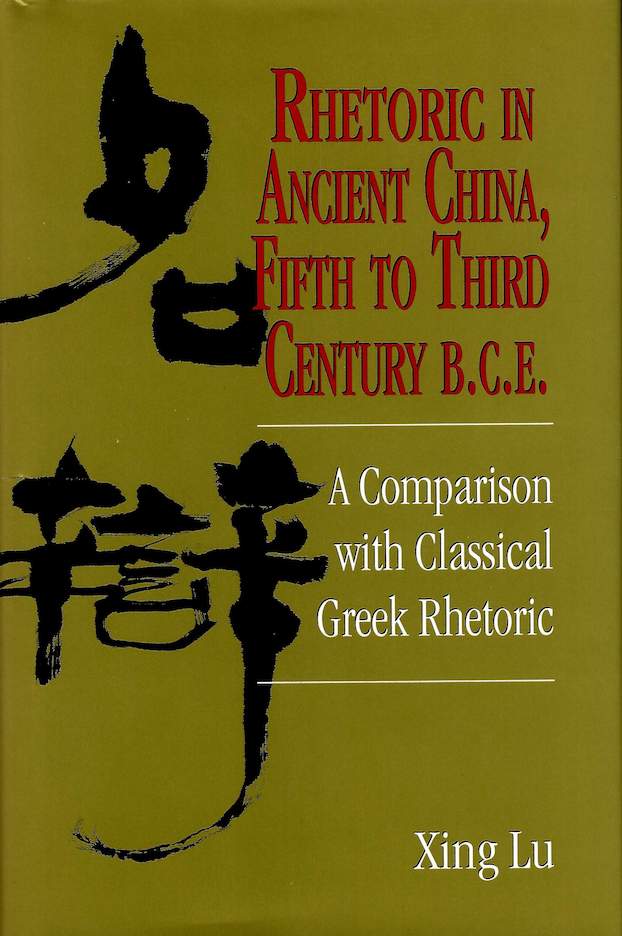Xing Lu
Cloth, 376pp.

In
Rhetoric in Ancient China, Fifth to Third Century B.C.E., Xing Lu examines language art, persuasion, and argumentation in ancient China and offers a detailed and authentic account of ancient Chinese rhetorical theories and practices in the society's philosophical, political, cultural, and linguistic contexts. She focuses on the works of ten well-known Chinese thinkers from Confucius to Han Feizi as well as on the Later Mohists, a group that represents five schools of thought-Mingjia, Confucianism, Daoism, Mohism, and Legalism. Lu identifies seven key Chinese terms pertaining to speech, language, persuasion, and argumentation as they appeared in these original texts, selecting ming bian as the linchpin for the Chinese conceptual term of rhetorical studies.
The author shows that ancient Chinese rhetorical practices shifted in emphasis from ritualistic ceremony to political persuasion, from poetic composition to philosophical debate. The rhetorical perspectives were diverse, evolutionary, and contextual and were typically characterized by one of four main elements: the moral, epistemological, dialectical, or psychological.
Lu compares Chinese rhetorical perspectives with those of the ancient Greeks. The author contends that the Greeks and the Chinese shared a view of rhetoric as an ethical enterprise and of speech as a rational and psychological activity. The two traditions differed, however, in their rhetorical education, sense of rationality, perceptions of the role of language, approach to the treatment and study of rhetoric, and expression of emotions.
The author also links ancient Chinese rhetorical perspectives with contemporary Chinese interpersonal and political communication behavior and offers suggestions for multicultural rhetoric that recognizes both culturally specific and transcultural elements of human communication.